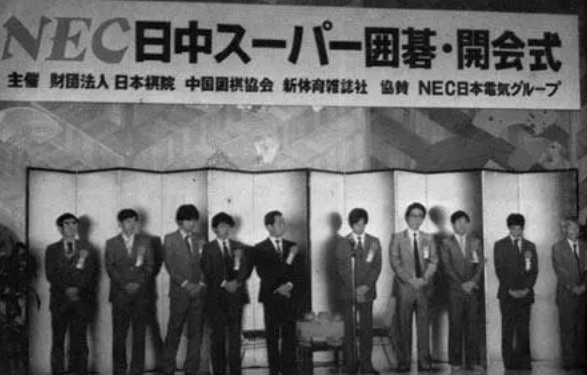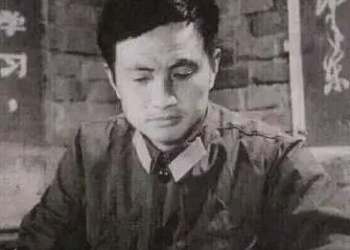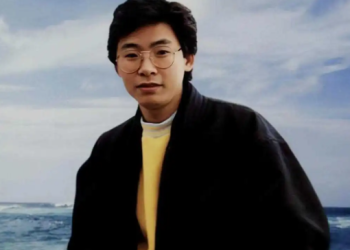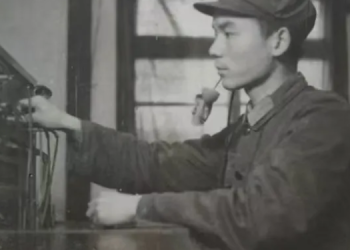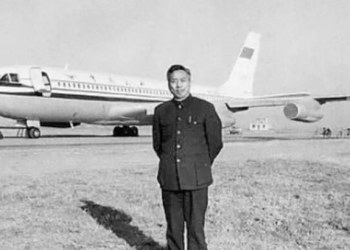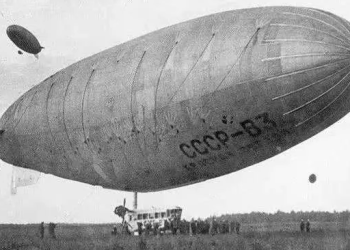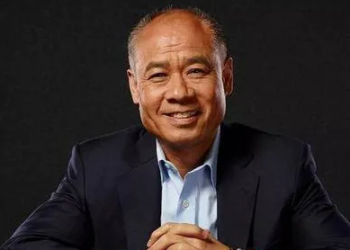Across the nineteen lines, black and white stones clash in endless variations upon the Go board.
This is precisely why Marshal Chen Yi’s profound statement—“When a nation prospers, Go prospers”—has become a guiding truth for generations of Chinese Go players.
“Though it has faced many twists and turns, over these seventy years, Chinese Go has steadily advanced step by step,” said Yu Bin, head coach of the Chinese national Go team, in an interview with The Paper, reflecting on the game’s journey since the founding of the People’s Republic of China.
“After experiencing all kinds of triumphs and setbacks, we must recognize that Go is not only a competitive sport—more importantly, it is a vessel of traditional culture and a powerful symbol of China’s cultural soft power.”
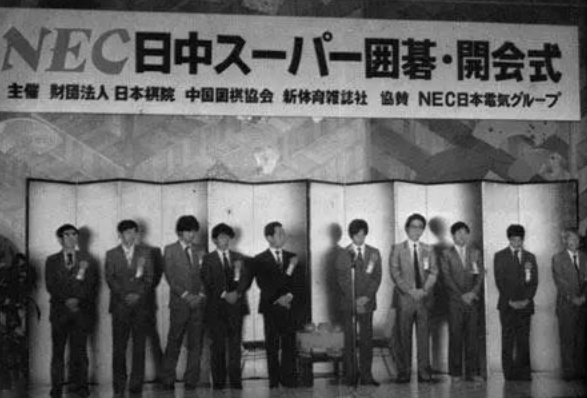
A win by half a point.
Such a narrow victory may not seem satisfying by today’s standards,
but in an era when even Japanese amateur players could “crush” the Chinese Go world,
that single match shattered the long-standing myth of the invincibility of Japan’s 9-dan professionals.Chen Zude—
this name deserves to be remembered as one of the most significant figures in Chinese Go during those murky and uncertain years.
Master Chen Zude’s victory marked a turning point for Chinese Go—from total inferiority to a level where it could finally stand toe-to-toe with top Japanese players.
Speaking of this pivotal moment in Go history, national team coach Yu Bin called it a “milestone” in the rise of Chinese Go.
To understand the significance, one must go back to 1960, when the Japanese Go delegation visited China for the first time.
Out of 30 official matches, Chinese players managed only two wins and one draw, and not a single game was won against a Japanese 9-dan master.
In 1961, perhaps fearing further embarrassment, Japan sent a less formidable team: 5-dan female player Tomoe Ito and two amateurs.
Yet the outcome was no better. Fifty-four-year-old Ito won all eight matches, even casually admiring flowers and koi while playing against Chinese veteran Liu Dihuai, whom she quickly dismantled by capturing a massive dragon group.At the time, 18-year-old Chen Zude witnessed the humiliating defeats firsthand.
In his 1986 autobiography Transcending the Self, he wrote:“It wasn’t just a disgrace for us Go players.It was a national shame.”
It was this sense of humiliation—and the desire to reclaim dignity—that fueled Chen Zude’s triumph in 1963, when Japan visited China for a third time.
Chen won all five of his games, including a historic victory over 9-dan Masao Kato, then head of the Japanese delegation—marking China’s first ever win against a Japanese 9-dan player.“Even a flicker of light in the dark,” the saying goes,“means dawn is not far off.”
With the re-establishment of the Chinese Go training camp in 1972, the sport resumed its upward trajectory.
Though overall strength still lagged behind Japan, Nie Weiping emerged as a promising force.
In 1975, during another Japanese visit to China, Nie defeated two 9-dans, one 8-dan, and one 7-dan, in a series of matches that signaled a new era for Chinese Go.By 1983, Japan returned with its strongest delegation yet—four 9-dans and four 8-dans—a lineup unprecedented in prior exchanges.
The team leader, Yoshio Ishida (9-dan), even boasted:“This time, we’ll win at least 40 games.”“The fact that they brought such a team,”said Yu Bin,“showed they were finally taking China seriously.”
By that time, domestic tournaments like the Xin Tiyu Cup and National Individual Go Championships had nurtured a new generation of talent:
Nie Weiping, Ma Xiaochun, Hua Yigang, Huang Dexun, Cao Dayuan, and Shao Zhenzhong—they were becoming the backbone of Chinese Go.
In the end, China finished the series with 25 wins and 31 losses—enough to dash Ishida’s arrogant prediction.“There was no overwhelming dominance.The era of full confrontation between China and Japan in Go had officially begun.”
As Yu Bin emphasized once more:“This was real resistance.”
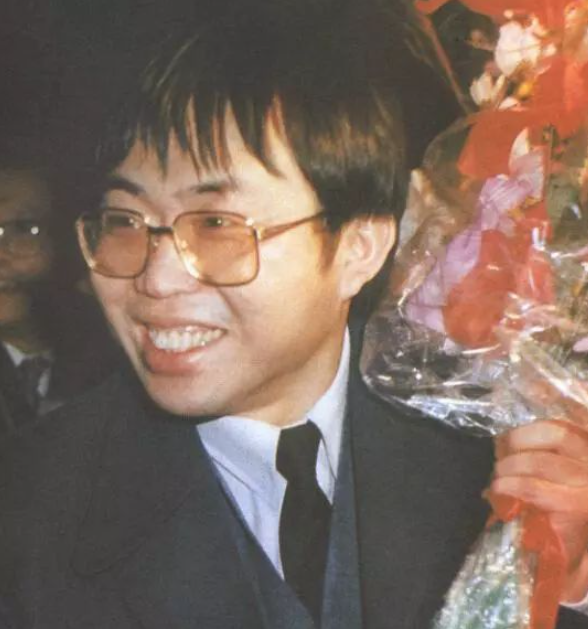
With China and Japan reaching parity in the world of Go, the China-Japan Go Tournament—where “the winner stays, the loser is out”—officially began.
Unlike the friendly exchanges of the past, this was a true battleground. Beyond just wins and losses, there was a palpable weight of national pride behind every move on the board.
Looking back at the inaugural 1984 China-Japan Go Challenge, the Japanese side was brimming with confidence.
They fielded a “super trio” of top-tier players:Koichi Kobayashi, who had swept the Chinese team with seven straight wins a year prior and had just claimed Japan’s prestigious Judan title.Masao Kato, nicknamed the “Star of Calamity”, known for his aggressive and explosive playstyle, and a three-time Honinbo champion.And the venerable Hideyuki Fujisawa, then nearing 60, Lifetime Honorary Kisei and the team’s captain.
But right out of the gate, Chinese player Jiang Zhujiu struck hard.
As one of China’s opening challengers, he stunned Japan with five consecutive victories, defeating five top Japanese pros in a row, and advancing all the way to face Koichi Kobayashi.
Unfortunately, against Kobayashi, Jiang lost control in the midgame and was unable to recover.
After that, a string of Chinese players—Shao Zhenzhong, Qian Yuping, Liu Xiaoguang, Cao Dayuan, Ma Xiaochun, and others—were all defeated one after another.“At the time, it was widely believed that Chinese Go was still far behind Japan,”said Yu Bin.
“So when Master Nie (Weiping) came in and turned the tide under such immense pressure, he didn’t just boost Chinese Go—he inspired the entire Chinese people.”
The man Yu Bin referred to—Nie Weiping—entered at the final moment, when China’s defeat seemed certain.
Facing three of Japan’s top-level players in a row, he won every match. His heroic comeback sealed an 8-7 victory for China, stunning the Go world.Fittingly, Chen Zude—the man who once turned the tide of Chinese Go himself—was now serving as the tournament’s chief referee, personally witnessing another historic milestone.
Nie Weiping’s brilliance didn’t end there.
In the second edition of the tournament in 1987, he again pulled off a miraculous comeback, defeating five players in a row, including three 9-dans and two elite players.
The Japanese media later dubbed one of the matches in this legendary comeback as“a blood-soaked masterpiece”—a true battle of the century.
In the third tournament, Nie again defeated Japan’s top general, Masao Kato, extending his undefeated streak to 11 matches across three tournaments—a record that remains unbroken to this day.

